After attending lots of industry conferences in recent years, our team at AcreTrader has noticed a significant trend: a growing number of professional investors interested in agriculture. Farmland investing is growing at a rapid pace, and the growing levels of institutional investment are further bolstered by large purchases from investors like Bill Gates.
Ag-focused funds have seen investments swell to nearly $30 billion in the last decade, but the trend may be just beginning. $30 billion is a lot of money, but in context of a ~$3 trillion asset class these funds only represent around 1% of total U.S. farmland ownership.
Why are professional money managers growing their presence in ag investment so quickly? Attractive investment returns, asset stability, and portfolio diversification all appear to be important parts of the answer.
Attractive Farmland Investment Returns
While farmland is by no means a perfect asset, it has shown remarkable returns to its owners over time and has outperformed most major asset classes. Note the green line representing farmland below:
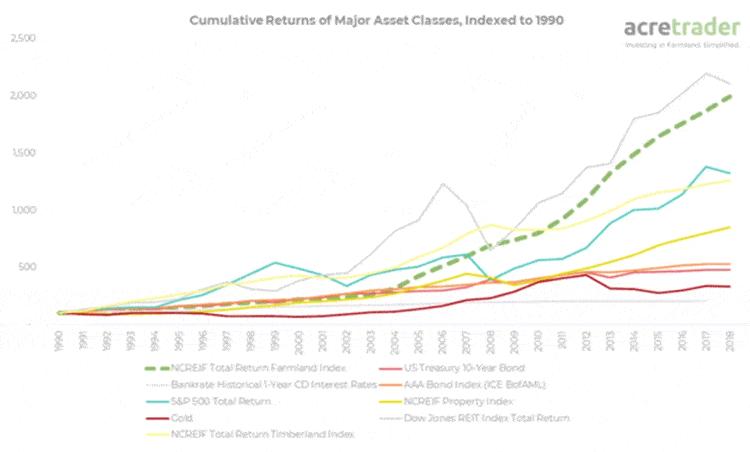
You may notice that, while farmland has outperformed most other major asset classes over time, there are certainly smaller 1-2 year periods where other assets may do better than farmland. But as they say, slow and steady wins the race! While farmland hasn’t been a “get rich quick” scheme during short time spans, it also tends to be resilient during hard times.
For example, if an investor had been unfortunate enough to buy the Dow Jones REIT Index (the grey bar in the chart above) in 2006 and then sell it two years later, the investor would have lost more than 50% of their money. Compare that to investors of farmland for sale who saw positive returns during those same years.
Farmland has proven to be an attractive asset class with positive returns each year since the early 1990s (when the NCREIF farmland index was created). This is because investors can make money in two different ways: 1) from the annual rent that farmers pay to use the land, and 2) from increases in values of the land.
Asset Stability
As mentioned above, farmland investment performance has been heavily influenced by steady appreciation in values alongside stable/increasing rents paid to the landowner. The combination of these two factors has produced investment returns that are not only impressive but also lacking in the high volatility (aka large swings in price) seen in other asset classes.
A few drivers of the return stability seem fairly straightforward: a decreasing amount of U.S. farmland (3 acres are lost per minute) coupled with an increasing demand for crops (more people to feed). This simple supply and demand dynamic has provided investors with stable historical investment returns and helped limit losses in the bad years.
Portfolio Diversification
Stock markets are high, asset prices appear inflated globally, and most investors can still remember the pain of The Great Recession in 2008/2009. Investors both big and small seem to be looking at alternative investments, and the rapid growth of online investment platforms and crowdfunding provide ample evidence to support this.
While farmland has proven to be an attractive investment class on its own, it has also shown to be an exceptional tool for portfolio diversification. Diversification of a portfolio simply means investing in assets that don’t act like one another, and it is the reason that many investors own portfolios of different assets like stocks, bonds, gold, and real estate. However, even these assets often show correlation (ie, they move up and down with one another).
On the other hand, farmland has historically performed highly independently of other asset classes. Thus many professional money managers have been moving more and more capital into farmland for portfolio diversification reasons.
Despite the above mentioned benefits of investing in farmland, the number of investors involved remains relatively small. There are some pointed reasons for this. To name a few, there isn’t much transparency in the industry, large swaths of land are privately and closely held, and there is still a lack of familiarity with the industry among non-farmers.
While there is still a long way to go, we at AcreTrader are working hard on all of these barriers to farmland investing. We feel strongly that allowing smaller investors access to farmland is a win-win: the investors get the benefits of adding farmland to their portfolio, and the farm economy is able to attract additional investment capital for improving land and supporting American farmers.
This content may not be used or reproduced in any manner whatsoever, in part or in whole, without written permission of LANDTHINK. Use of this content without permission is a violation of federal copyright law. The articles, posts, comments, opinions and information provided by LANDTHINK are for informational and research purposes only and DOES NOT substitute or coincide with the advice of an attorney, accountant, real estate broker or any other licensed real estate professional. LANDTHINK strongly advises visitors and readers to seek their own professional guidance and advice related to buying, investing in or selling real estate.






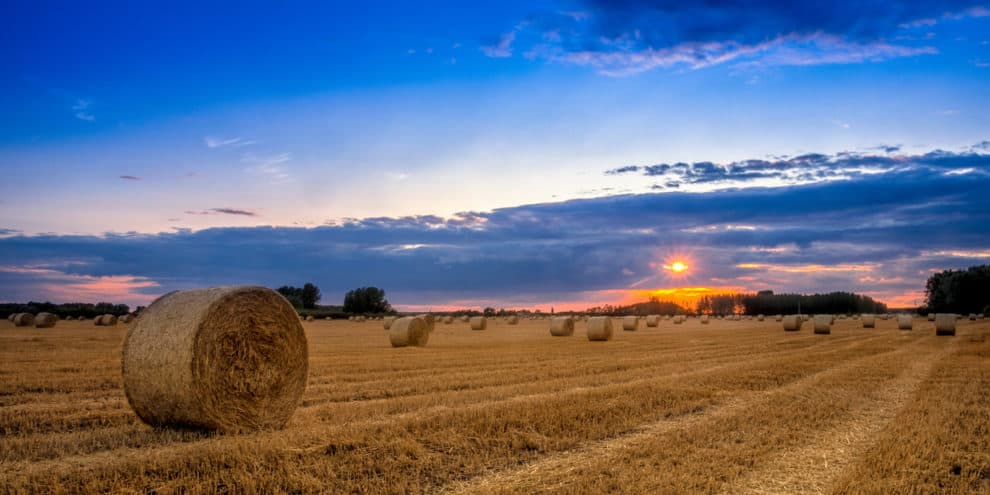
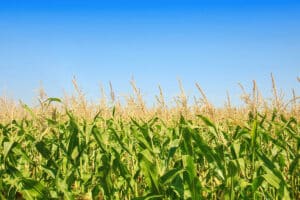
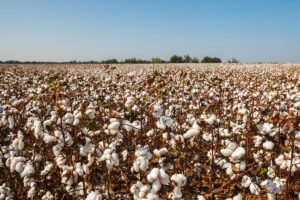
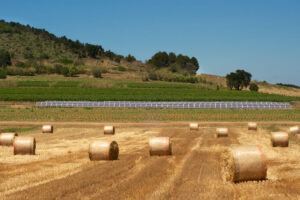
Unless we inhabit another planet, the population keeps growing and the land mass keeps being developed, God just hasn’t made any more earth for us to expand on.